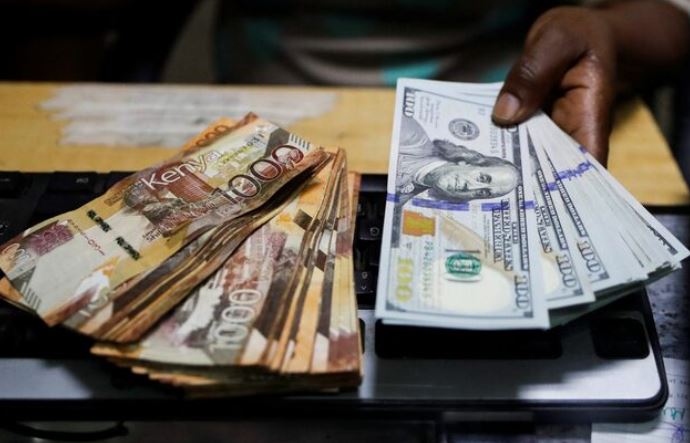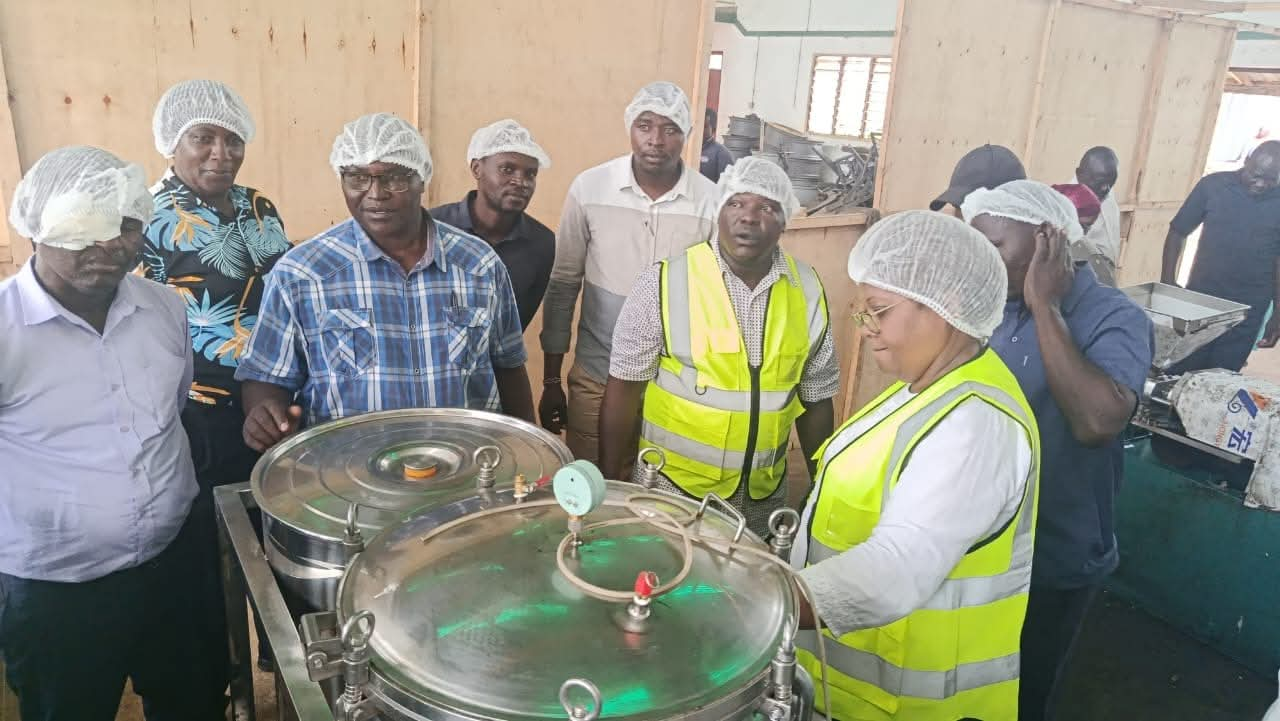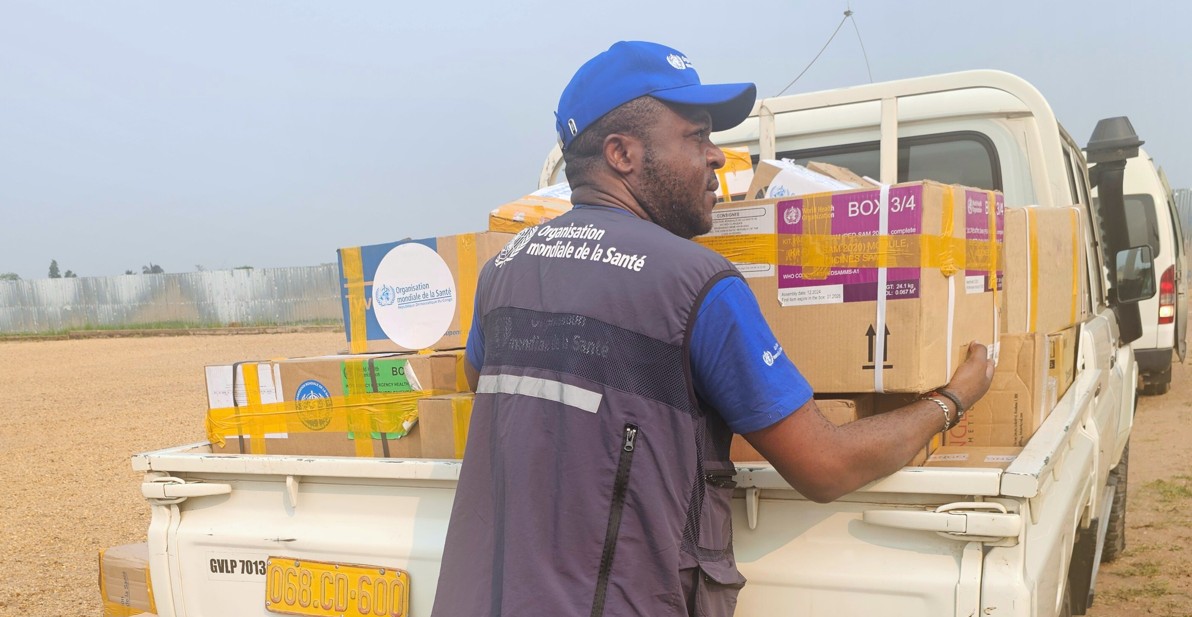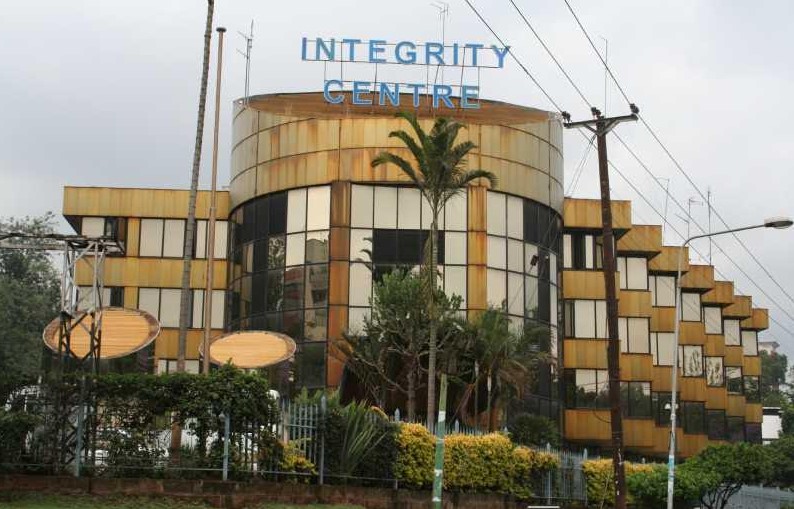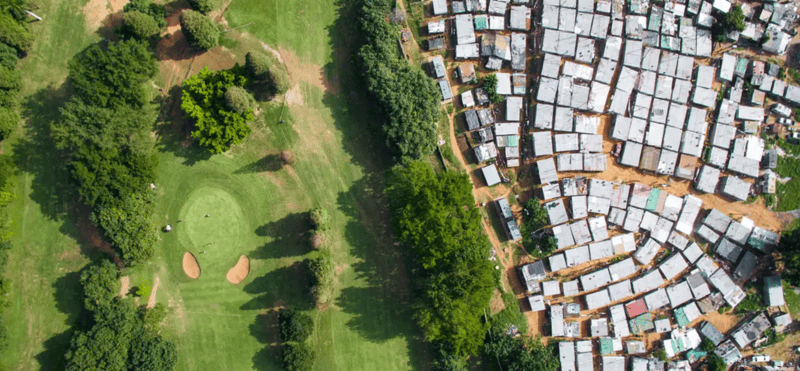Is silicone safe? The hidden risks of trendy kitchenware in Kenya’s markets
For now, silicone remains a useful kitchen tool, but only if you know what you are buying, where it comes from, and how you are using it. Quality, not price.
Silicone has taken over modern kitchens, often seen as the safer and cooler option compared to the traditional cooking stick (mwiko).
While others see it as a sleeker alternative to plastic and non-stick cookware. From baking trays and kitchen spatulas to collapsible storage bowls, the soft, rubber-like material is marketed as non-toxic, eco-friendly, and durable.
More To Read
But is it really as safe as it seems?
Looking into research, the US Food and Drug Administration (FDA) considers food-grade silicone generally safe for cooking and baking, provided it is used correctly. However, recent studies and growing consumer concern are putting this claim under scrutiny.
The European Union, for instance, is taking a more cautious stance.
It has raised red flags over certain siloxanes, chemical compounds used to make silicone that can leach into food when heated, especially at temperatures above 200°C.
Closer to home, there is an even murkier threat: counterfeit and second-hand silicone cookware flooding local markets, including Gikomba, Kamukunji (wholesale Kitchenware market) and other second-hand (mitumba) stalls across Nairobi.
These items, often imported as rejects or e-waste from the US and Europe, may not meet the safety standards required for food use. But you might wonder what is the government of Kenya doing so far?
How are these rejects ending up in Gikomba or Kamukunji??
Kenya faces significant challenges with counterfeit and substandard electronics, often imported as e-waste from the US and Europe, this is according to a recent report done by the EastAfrican.
These items, which may not meet safety standards, end up in informal markets like Gikomba and Kamukunji due to weak import controls and enforcement mechanisms.
According to the Anti-Counterfeit Authority (ACA), Kenya loses between Sh85 billion and Sh100 billion annually due to counterfeit trade, with electronics being a major contributor.
David Mugonyi, the Director-General of the Communications Authority of Kenya, emphasised that the influx of inferior products is exacerbated by insufficient regulatory measures.
In addition to the lack of enforcement, cartels are believed to play a role in flooding the market with counterfeit and substandard goods. These groups exploit loopholes in the system to push low-quality electronics and other products like kitchenware, contributing to the mounting e-waste crisis.
Some of these items that are recycled from non-food grade materials, such as electronic waste, can release harmful compounds like flame retardants or industrial additives when exposed to heat.
“It’s not that silicone is inherently bad,” said Lauren Marbella, an associate professor of chemical engineering at Columbia University.
“But not all silicone is created equal. Poorly manufactured or unregulated products, especially those not labelled as food-grade, may contain fillers or toxic by-products that pose real health risks.”
The point is that it is difficult to differentiate, especially for Kenyans who are not keen.
The dangers do not stop there.
Research published in Environmental Science and Technology found that certain siloxanes, particularly D4, D5, and D6, commonly used in silicone production, are potentially carcinogenic and have been shown to accumulate in fatty tissues.
Although the FDA allows small amounts of these compounds in cookware, the EU has moved to restrict or ban their use, citing bioaccumulation and environmental persistence.
In Nairobi’s open-air markets, affordability often trumps safety.
“Most people don't even check for food-grade certification,” says Wincate Wangari, a clinical nutritionist based in Nanyuki.
“What we’re seeing is a surge in knock-off silicone cookware, some of which are labelled as heat resistant but melt or emit foul smells during normal use. That’s a red flag.”
And then there is black plastic. A related concern gaining traction online involves black plastic utensils, spoons, spatulas, ladles, many of which are made from recycled electronics.
Studies show they may contain toxic flame retardants like decaBDE, a chemical banned in the UK in 2018 and the US in 2021, which can disrupt hormones and increase the risk of cancer.
These additives are not destroyed during recycling and may leach into food, especially when cooking in oil or over prolonged heat, like when you leave your silicon spoon on your sufuria.
Why black?
Black silicone products may leach harmful chemicals or additives when exposed to high heat or prolonged use, especially if they are made with non-food-grade materials or low-quality dyes.
These products are often made quickly and cheaply, increasing the risk of harmful chemicals leaching when exposed to heat.
“People assume that if it’s sold in the market, it’s safe. But recycled plastics, especially black ones, are hard to trace and may come from sources not intended for food contact at all,” says Dr Li Li, an environmental chemist at the University of Nevada.
So, what’s the safest bet?
Experts recommend choosing high-quality, food-grade silicone from reputable brands.
Always check for manufacturer guidance on temperature limits and avoid using silicone cookware under high heat or for prolonged periods.
If you are unsure, it might be safer to stick to alternatives.
“Stainless steel and wooden utensils are more reliable and have stood the test of time,” adds Dr Susan Harlander, a food scientist and VP of Technology at Ra Foods, during an interview with NBC News.
“They are easier to clean, withstand high heat, and don’t leach synthetic chemicals into your food.”
However, Harlander cautions that wooden utensils can eventually absorb moisture, leading to wear and potential rotting if not properly cared for.
In a world flooded with ‘greenwashed’ products, not everything labelled ‘eco-friendly’ or ‘safe’ lives up to the name.
For now, silicone remains a useful kitchen tool, but only if you know what you are buying, where it comes from, and how you are using it. Quality, not price.
Top Stories Today
Reader Comments
Trending


